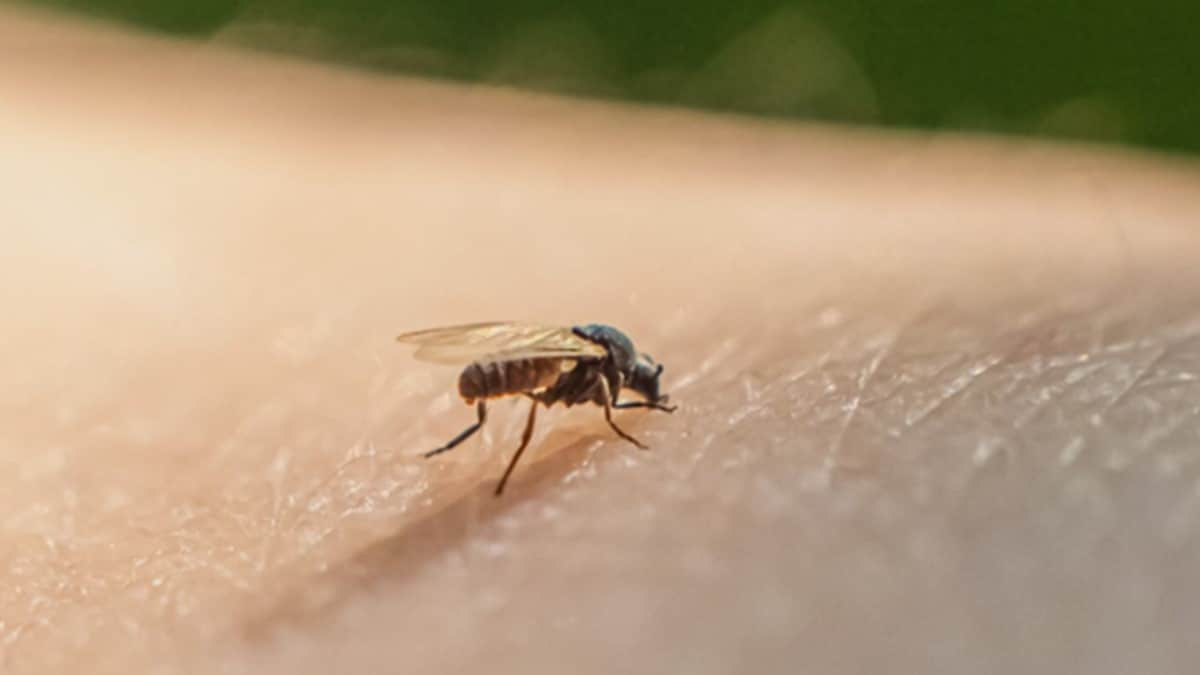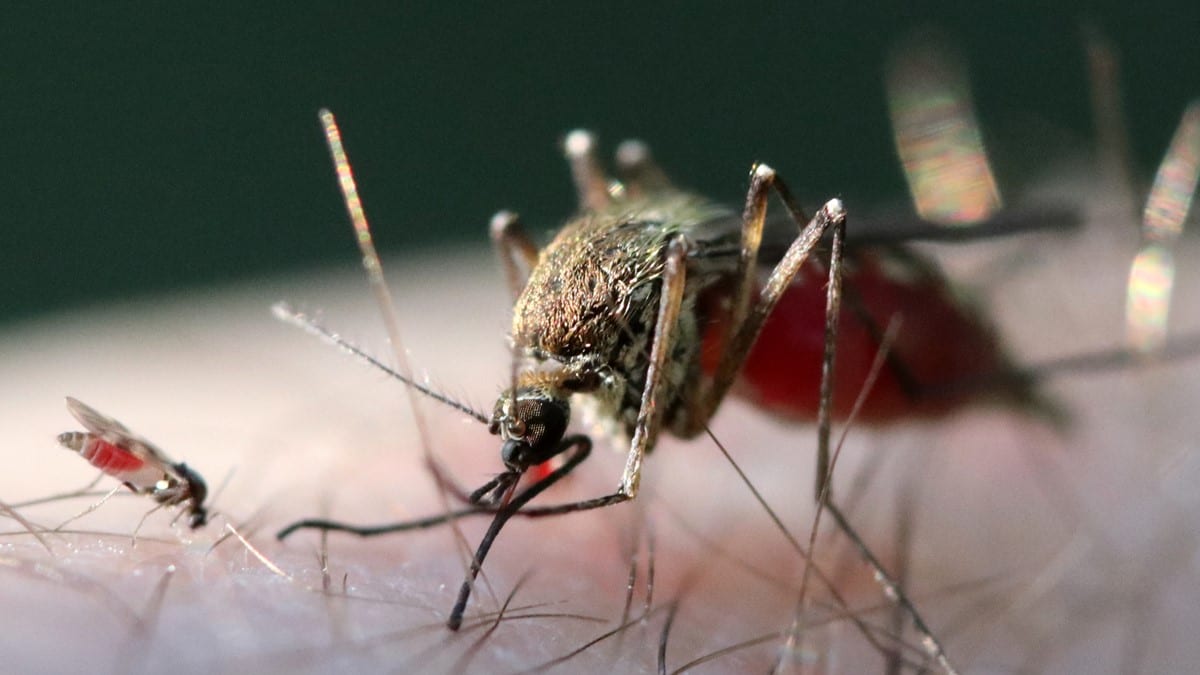Key points
- Oropouche virus is spread to people primarily by the bite of infected biting midges. Some mosquitoes can also spread the virus.
- There is no evidence of Oropouche virus spreading in the United States.
- Oropouche virus has been found in South America, Central America, and the Caribbean.
- It is possible that Oropouche virus might spread through sex, but it has not yet been reported.

Primary cause
Oropouche is caused by a virus that can be found in parts of South America, Central America, and the Caribbean. Oropouche virus is an RNA virus that belongs to the Simbu serogroup of the genus Orthobunyavirus in the family Peribunyaviridae.
There is no evidence that Oropouche virus has been spread in the United States.
How it spreads
Biting midges and mosquitoes
Oropouche virus is spread to people primarily by the bite of an infected biting midge (Culicoides paraensis). Biting midges are small flies, often called “no-see-ums.” These biting midges are present in multiple states within the United States.
Some types of mosquitoes can also spread the virus, including Culex quinquefasciatus, Coquillettidia venezuelensis, and Aedes serratus mosquitoes. Culex quinquefasciatus are the same mosquitoes that can spread West Nile and St. Louis encephalitis viruses.
In urban areas, when people who are infected with Oropouche are bitten, they can spread the virus through their blood to biting midges or mosquitoes. The biting midge or mosquito can then spread the virus to other people. If you’ve recently traveled to an area with Oropouche virus or have Oropouche, you should prevent bites from biting midges and mosquitoes after travel to avoid spreading the virus further.
The virus is not spread from person-to-person through coughing, sneezing, or touching.

Photo courtesy: Dunpharlain
Possible spread through sex
It is possible that Oropouche virus might spread through sex, but it has not yet been reported. However, recent scientific reports found evidence of Oropouche virus and viral RNA (genetic material) in patients’ bodily fluids, such as semen or vaginal fluids. These findings raise concern about the possible risk of Oropouche virus spreading through sex. We know that other viruses like Zika and Ebola have been found in semen and vaginal fluids and can spread through sex.
Until we know more, CDC has recommendations for travelers to areas with a Travel Health Notice for Oropouche to prevent possible spread through sex.
Experts do not yet know:
- If people infected with Oropouche virus can spread the virus through sex.
- If it can be spread through sex, how long people might be able to spread Oropouche virus through sex.
- If spread of Oropouche virus during sex could cause a risk to pregnancies.
- If Oropouche virus has any effect on fertility.
Laboratory exposure
Oropouche virus can also infect people in laboratories. Two laboratory workers are known to have been accidentally infected with Oropouche virus through aerosolization or ingestion in the laboratory; both developed symptoms.
Transmission cycle
Transmission of Oropouche virus is maintained in a sylvatic cycle in forested areas between mosquitoes and non-human vertebrate hosts, possibly including three-toed sloths, certain non-human primates, and birds. Mosquitoes suspected of playing a role in sylvatic transmission include Coquillettidia venezuelensis and Aedes serratus.
Oropouche virus is most likely brought from a forested area into an urban environment by an infected person. Biting midges are believed to be primarily responsible for transmitting the virus from an infected person to an uninfected person in an urban area. Culex quinquefasciatus have also been implicated as a potential urban vector.
